Most studies observe that about 15% of women experience postpartum depression (PPD). For the majority of women who present with postpartum depression, the postpartum episode is not the first ever episode of depression and instead represents a recurrence. These women report a pattern of recurrent depressive illness consisting of both puerperal and nonpuerperal episodes.
But women with PPD are a heterogeneous population. A smaller number of women with PPD experience depression only during the postpartum period. We suspect that these two subtypes differ from one another, but little study has been devoted to characterizing these women with depression restricted to the perinatal period.
To better understand and identify different subtypes of PPD, researchers from Finland assessed a group of 104 women with PPD, comparing mothers whose PPD was a recurrence of a prior non-postpartum mood disorder with a group of women for whom PPD was their first (and only) experience of affective illness. Looking at all women with PPD, the onset of depressive symptoms was usually (84%) within six weeks of childbirth. Most women (82%) with PPD had a history of past depression. What the authors called “pure PPD” was less common; 18% of the mothers with PPD had depressive illness restricted to the the postpartum period.
Compared to women with recurrent depression, the women with pure PPD had milder depressive symptoms and reported lower levels of hopelessness, somatization, interpersonal sensitivity, anxiety, and suicidal ideation.
In another study, the same group looked at risk factors for PPD, again comparing women with recurrent depression to those with postpartum-only depression. Complications during pregnancy or delivery increased risk for PPD for both first lifetime and recurrent PPD; however, for women with recurrent depression, adverse experiences with the infant, breastfeeding cessation and negative life events around the time of delivery appeared to play a role in conferring risk for PPD.
By asking pregnant women about their history of psychiatric illness, we can identify most of the women at high risk for postpartum depression. It is, however, a clinical challenge to predict which women will experience depression for the first time during the postpartum period. For any new mother, it may be difficult to define depression in the context of having and caring for a new baby. Women may attribute their mood and anxiety symptoms to sleep deprivation or to the stress of caring for a new baby. Many women with their first episode of depression during the postpartum period do not get treatment.
In this study, the only risk factor associated with first onset of postpartum depression was experiencing complications during pregnancy or at this time of delivery. Given that it may be quite difficult to reliably predict which women with no history of psychiatric illness will develop postpartum depression, it is essential that we screen all women for postpartum depression and, in addition, educate all women about the signs and symptoms of perinatal mood and anxiety disorders.
Ruta Nonacs, MD PhD
Kettunen P, Koistinen E, Hintikka J. Is postpartum depression a homogenous disorder: time of onset, severity, symptoms and hopelessness in relation to the course of depression. BMC Pregnancy Childbirth. 2014 Dec 10;14:402. FULL TEXT
Kettunen P, Koistinen E, Hintikka J. The Connections of Pregnancy-, Delivery-, and Infant-Related Risk Factors and Negative Life Events on Postpartum Depression and Their Role in First and Recurrent Depression. Depress Res Treat. 2016. Free Article

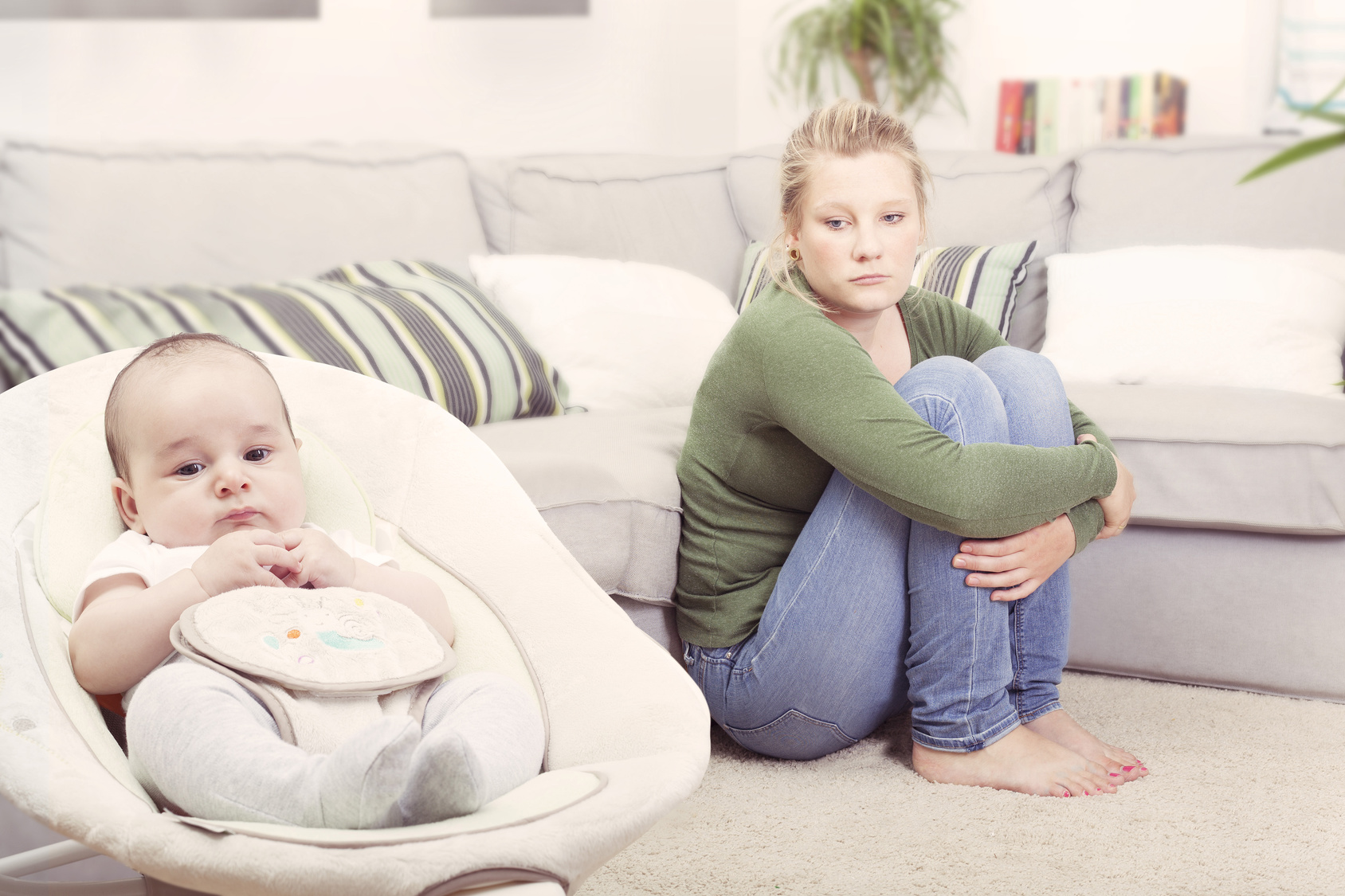
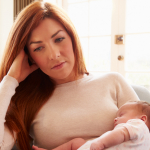
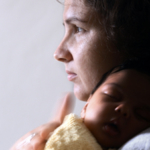
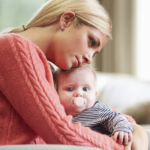
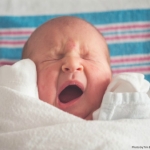
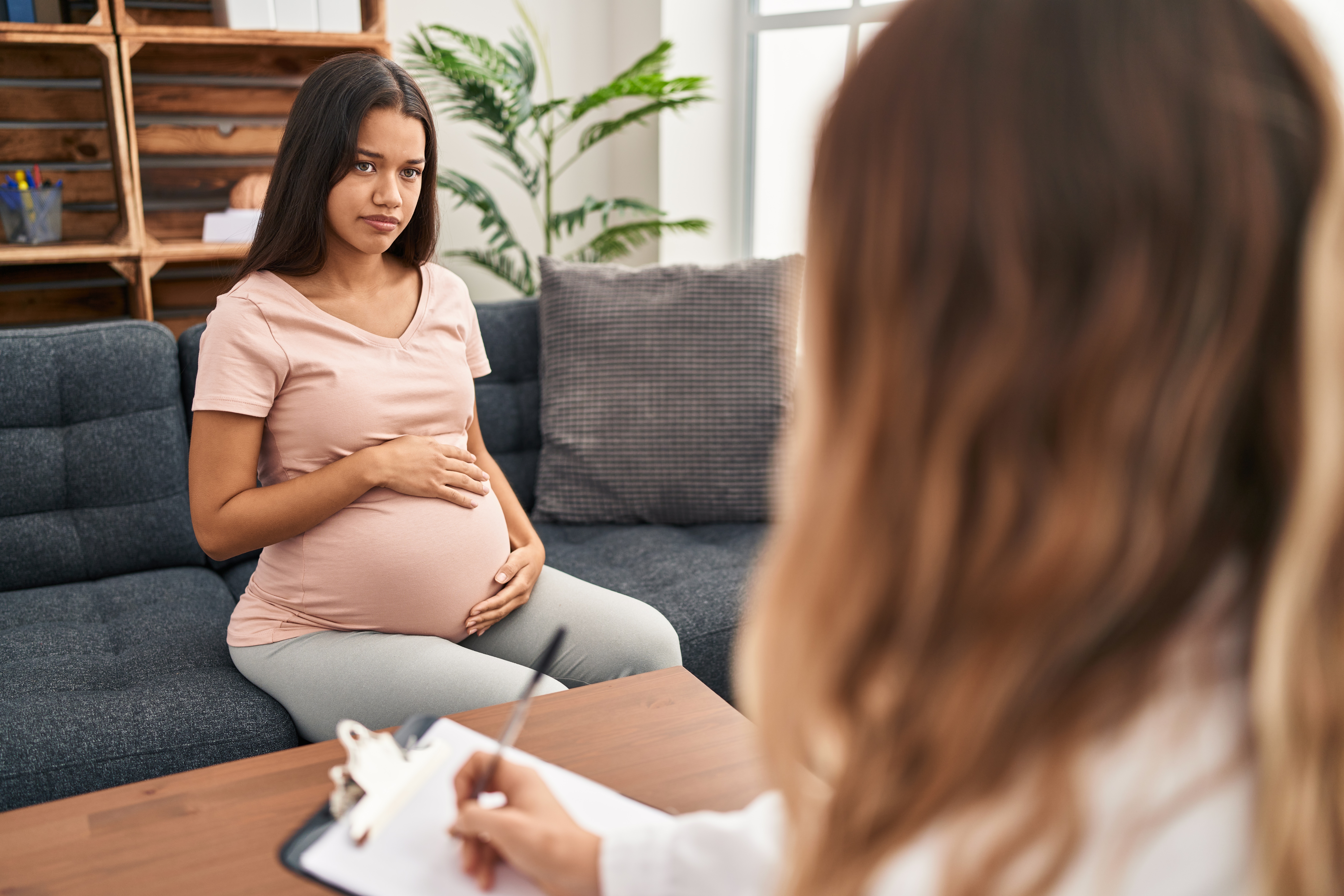

Consider including the following reference in your write-up. Surprised given the mission of your program and the above write-up it was not included.
The risk factors for postpartum depression: A population-based study. Depress Anxiety. 2017 Feb;34(2):178-187.